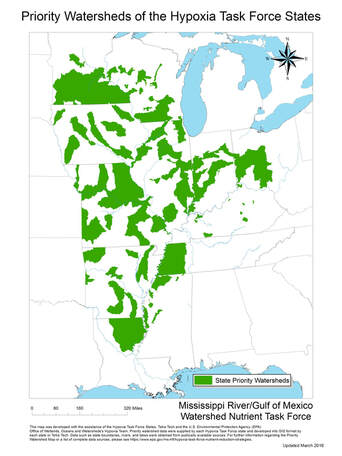Here is a quote from comments that the Mississippi River Network's Masiah Kahn made at the December 14 HTF virtual public meeting:
This annual public meeting is the only opportunity that the public, non-profit organizations, and other stakeholders get to engage the Task Force as a whole – and we think the Task Force can do much better to encourage and enable robust public participation in a meeting like this. I echo the concerns raised about the fact that despite incremental progress in reduction strategies and the increased adoption of innovative conservation practices, we are nowhere near the interim target of reducing nitrogen and phosphorus loading by 20 percent by 2025. We can no longer keep doing the same thing and expecting different results. It’s also hard to see the forest for the trees when the Task Force’s overarching goals are not front and center in meetings like this. You can find the presentations and comments from Dec 14 Hypoxia Task Force meeting at this link.
0 Comments
Leave a Reply. |
| LWV Upper Mississippi River Region | UMRR blog |

 RSS Feed
RSS Feed